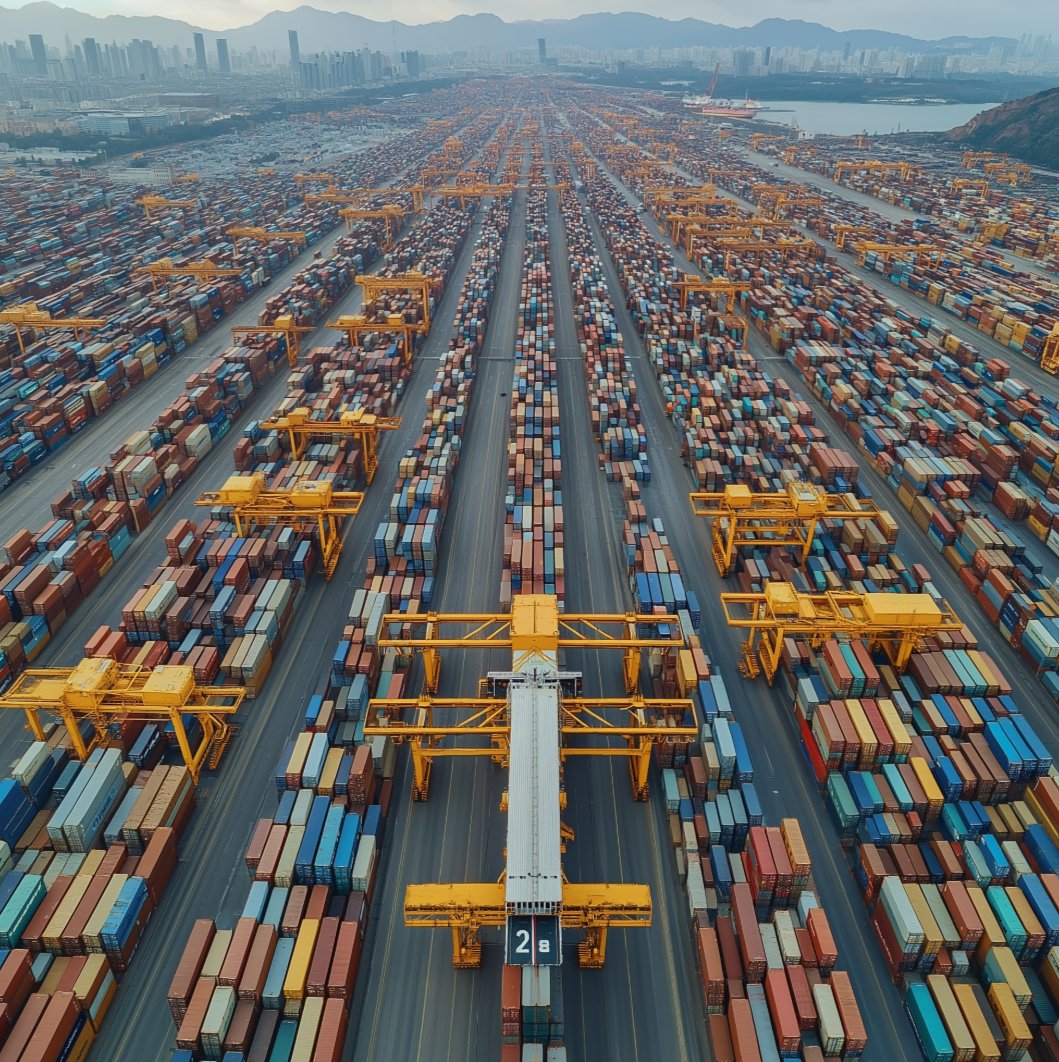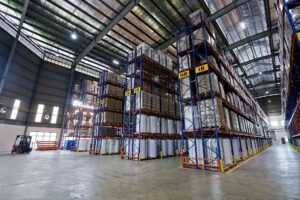Introduction
In the ever-evolving world of logistics and shipping, businesses must decide between local and international freight solutions to optimize their supply chains. Each approach has distinct benefits and challenges, making it crucial for businesses to understand the differences and choose the best solution based on their operational needs.
For businesses looking to expand beyond borders, international freight solutions bring a unique set of complexities, such as customs clearance, freight forwarder services, and international shipping challenges. On the other hand, local freight solutions are tailored for immediate, short-distance transportation demands.
This article explores these contrasting freight options in-depth, highlighting their advantages, challenges, and best-use cases. By the end of this discussion, businesses will better understand how to leverage optimal logistics solutions for efficiency, cost-effectiveness, and reliability.
Local Freight Solutions: Bridging Immediate Regional Needs
Understanding Local Freight Transport
Local freight services focus on short-distance shipping, typically within a single country, state, or city. These services cater to small and medium-sized businesses, e-commerce retailers, and manufacturers with regional distribution needs.
Local freight transportation can involve:
- Trucking services: Short-haul trucks make deliveries within a city or region, ensuring timely arrival.
- Rail freight: Used for bulk goods transportation within a country, offering a cost-effective alternative to trucks.
- Courier services: Last-mile delivery for e-commerce and consumer shipments.
- Regional air freight: Used for urgent and time-sensitive shipments within a country.
Advantages of Local Freight Solutions
Local freight shipping solutions are often preferred due to the following benefits:
- Faster delivery times: Goods transported within a region face fewer regulatory hurdles, leading to quicker shipping times compared to international shipments.
- Lower shipping costs: Without the need for customs clearance, import taxes, or multiple international carriers, local shipments are more budget-friendly.
- Greater flexibility: Businesses have numerous options, including same-day or next-day delivery services.
- Fewer regulatory challenges: Local shipping faces fewer documentation requirements than international shipments, minimizing delays.
Challenges of Local Freight Solutions
- Limited scalability: Local freight logistics are not suitable for businesses looking to expand globally.
- Dependence on domestic infrastructure: The efficiency of local transportation depends on the state of national roads, highways, and courier networks.
- Competitive market: With many providers offering local freight solutions, businesses may face higher service costs in crowded urban areas.
Case Study: The Role of Local Freight in E-Commerce Growth
Example: A mid-sized fashion e-commerce business in California relies on local freight solutions to deliver products to customers within the state. By partnering with regional courier services offering same-day and next-day shipping, the company improves customer satisfaction.
However, when attempting to expand to neighboring countries like Canada, the business faces logistical challenges due to customs fees, longer shipping times, and additional paperwork—challenges that tip the balance in favor of international freight solutions for cross-border growth.
International Freight Solutions: Navigating Global Shipping Complexities
What Are International Freight Services?
International freight solutions involve cross-border or global shipping, requiring compliance with various trade regulations, customs processes, and freight forwarding strategies. These services are essential for businesses engaged in:
- Global supply chain distribution
- Cross-border e-commerce
- Manufacturing and raw material sourcing
- Export-import operations
International freight shipping relies on multiple transportation modes, including:
- Ocean freight – Cost-effective for bulk goods and large shipments.
- Air freight – Ideal for urgent or high-value shipments.
- Rail freight – Used in transcontinental trade routes, such as Europe-Asia railway shipping.
- Road freight – Trucks transport goods between neighboring countries with shared land borders.
Customs Clearance: A Critical Component of International Freight
One of the biggest differentiating factors between local and international freight shipping is customs clearance. This process involves approving goods for export or import following the regulatory requirements of each destination country.
Common elements involved in customs clearance include:
- Customs documentation (e.g., Bill of Lading, Certificate of Origin, Commercial Invoice)
- Import/export duties and tariffs
- Goods inspections by authorities
- Compliance with international trade agreements (such as NAFTA, EU regulations, or WTO policies)
Example of a Customs Clearance Challenge
In 2023, an e-commerce brand shipping electronics from China to the United States experienced major delays due to incorrect paperwork regarding battery transport. Lithium-ion battery regulations vary by country, requiring special transportation approval. A missed compliance step resulted in storage fees and shipment delays, impacting customer satisfaction.
The Role of a Freight Forwarder in International Shipping
A freight forwarder is an intermediary between businesses and logistics providers. These professionals simplify complex global shipping processes, enhance supply chain management, and provide crucial industry insights.
Why Companies Rely on Freight Forwarders?
- Expertise in customs regulations – Ensures compliance and avoids legal issues.
- Cost optimization – By consolidating shipments, businesses save on transportation costs.
- Risk management – Provides insurance solutions and contingency planning.
- Streamlined logistics – Reduces administrative burden by handling documentation and cargo coordination.
Example: Hybrid Approach to Freight Management
Tech companies often leverage both local and international freight strategies. For example, a smartphone company may:
- Use international freight shipping for manufacturing parts from China.
- Rely on local freight solutions for last-mile delivery to customers in major cities.
Empowering Logistics with Technology and Innovative Solutions
Technology plays a vital role in optimizing both local and international freight solutions. Innovations improving freight efficiency include:
- Real-time tracking: Tools like RFID and GPS tracking offer businesses greater visibility over shipments.
- AI-driven route optimization: Reduces transit time and improves delivery schedules.
- Automated customs clearance software: Speeds up compliance procedures for international freight.
Future Trends in Freight Logistics
- Green shipping initiatives: Emphasizing sustainable logistics solutions to cut carbon emissions.
- Blockchain in supply chains: Enhances transparency, reduces fraudulent documentation.
- Drones and autonomous deliveries: Expected to revolutionize last-mile logistics.
Conclusion
The choice between local and international freight solutions depends on factors such as delivery speed, cost, and operational complexity. By leveraging these strategies effectively, businesses can ensure seamless and cost-effective shipping operations both locally and internationally.
“`




